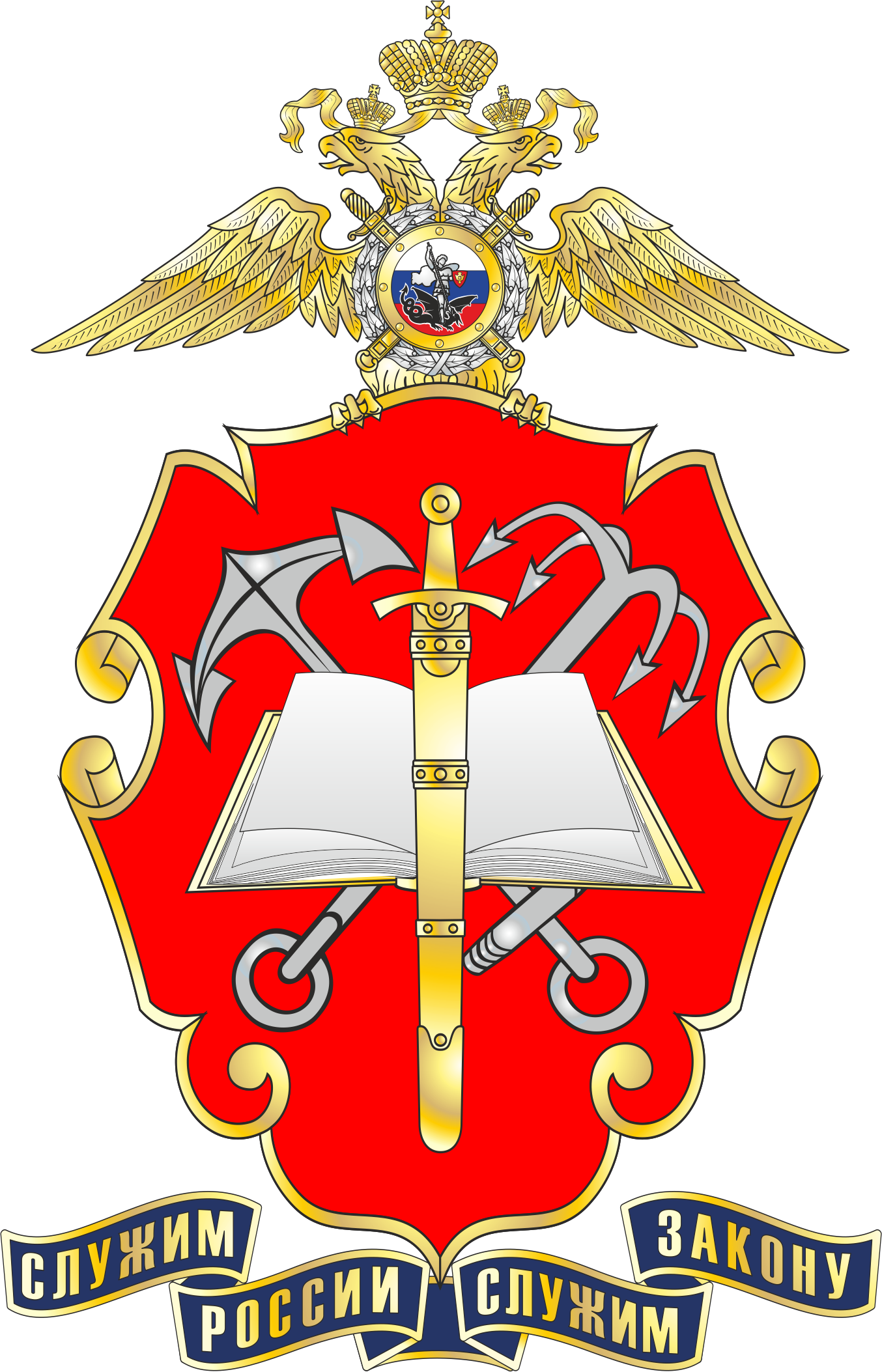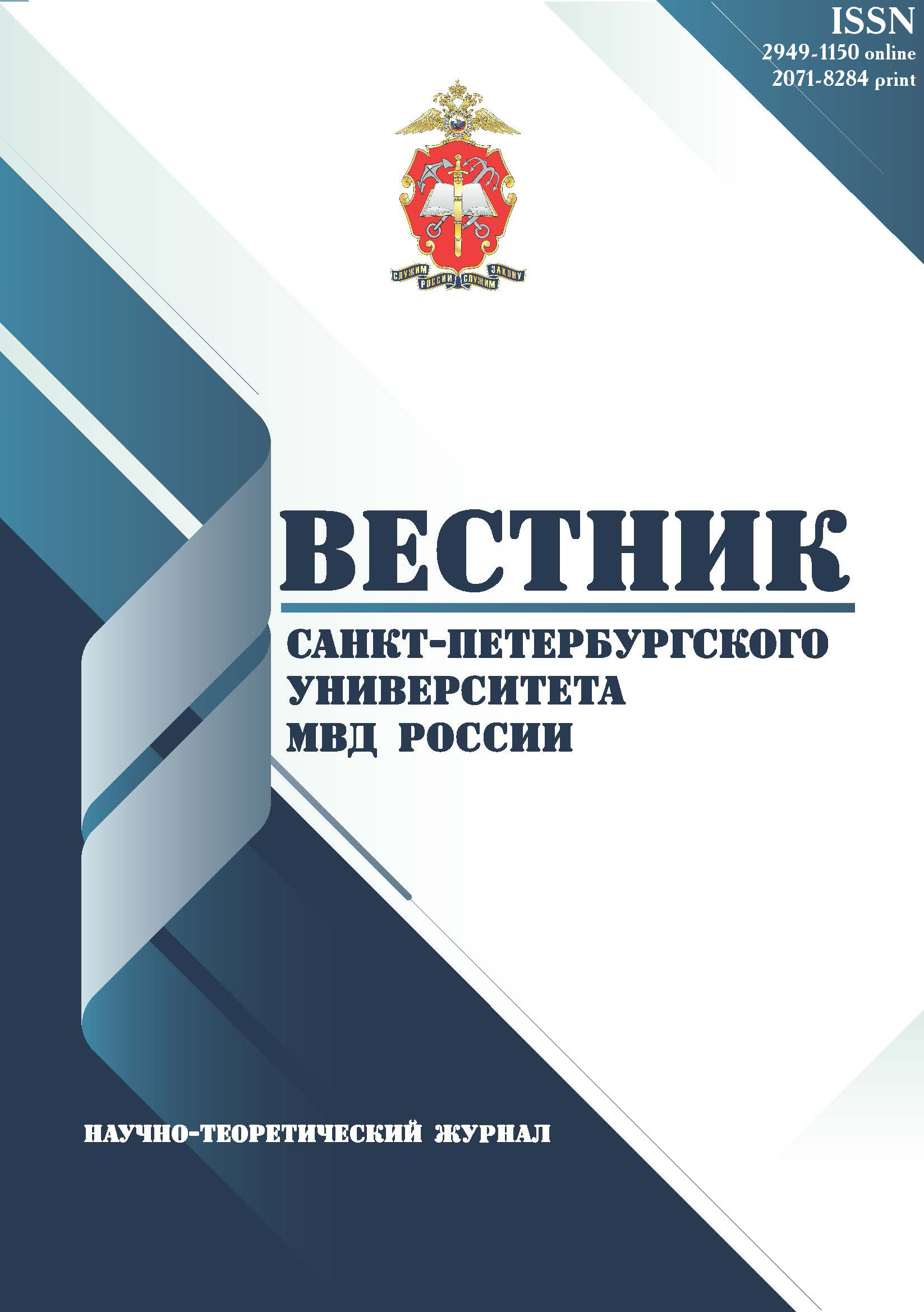Russian Federation
Russian Federation
Russian Federation
Russian Federation
UDC 34
The purpose of the research. The research is aimed at identifying characteristic features, types and components of legal consciousness, the elements of its structure and its functions which help to realize legal attitudes in different legal situations from the point of view of Russian and Anglo-American law. The authors point out the influence of legal stereotypes and attitudes on the formation of an individual’s legal consciousness. Another element closely connected with the concept of legal consciousness is legal literacy, which helps an individual to socialize. Having analyzed the differences between the approaches to the concepts of legal literacy in Russian and Anglo-American legal culture the authors hold an opinion that legal literacy directly depends on the possibilities an individual has to obtain information about his legal rights and duties. Lack of such knowledge leads to negative legal consequences. Conclusions: The results of the study showed that in order to increase legal literacy it is necessary to form «positive» legal stereotypes and attitudes. One of the ways to succeed in it may be studying, analysis and discussion of legal texts in a foreign language. Such approach is used at Moscow State Linguistic University for the training of law students. Methodology and technique of the study. During the study of the concepts of «legal awareness» and «legal literacy», their formation and application by members of the legal profession and non-lawyers, the authors of the study used such generally recognized methods as general philosophical (dialectic, system method, analysis). In addition, a comparative analysis was made of the concepts studied in the Russian and Anglo-American legal culture. The article also presents the results of a survey of undergraduate students, which made it possible to assess the impact of the study of legal texts in a foreign language on the formation of legal stereotypes and attitudes.
legal consciousness, legal literacy, legal attitude, legal stereotype
1. Kuchenev A. V. Pravoponimanie − osnova formirovaniya pravosoznaniya lichnosti // Chelovek: prestuplenie i nakazanie. - 2017. - T. 25 (1-4). - № 2. - S. 313-319.
2. Kuchenev A. V. Sovremennoe ponimanie i struktura pravosoznaniya // Vestnik Moskovskogo universiteta MVD Rossii. - 2017. - № 1. - S. 22-25.
3. Cowan D. Legal Consciousness: Some Observations // The Modern Law Review. Blackwell Publishing. Oxford. - 2004. - 67(6). - P. 926-958. doihttps://doi.org/10.1111/j.1468-2230.2004.00518.x.
4. Swain A., Amer R. Globalization and Challenges to Building Peace. Anthem Press, 2007 [PDF] Globalization and Challenges to Building Peace by Ashok Swain | Perlego/ ISBN 9781843313816.
5. Ewick P., Silbey S. The Common Place of Law: Stories from Everyday Life. -Chicago: University of Chicago Press, 1998. -318 p. doihttps://doi.org/10.2307/2655592.
6. Carroll S., Munger F. Law and Inequality: Race, Gender... and of Course, Class // Annual Review of Sociology 22. - 1998. - P. 187-212. doihttps://doi.org/10.1146/annurev.soc.22.1.187.
7. Marshall A.-M. Idle Rights: Employees’ Rights Consciousness and the Construction of Sexual Harassment Policies // Law and Society Review. - 2005. - 39 (1). - P. 83- 124. doihttps://doi.org/10.1111/j.0023-9216.2005.00078.x.
8. Esengeldiyeva A., Karataeva A. M. The concept of legal awareness, value, interpretation and content // Austrian Journal of Humanities and Social Sciences. - 2015. - P. 71-73. The concept of legal awareness, value, interpretation and content (cyberleninka.ru). ISSN: 2310-5593.
9. Bezrodnaya O. A. O sootnoshenii pravovyh stereotipov i pravovyh ustanovok v strukture psihicheskogo pravosoznaniya / Pravovye problemy ukrepleniya rossiyskoy gosudarstvennosti : sbornik statey. - Tomsk: Izd-vo Tomskogo gosudarstvennogo universiteta, 2011. - S. 27-29.
10. Baranova M. V., Barahoeva A. R. Stereotipy pravovyh ustanovok: ponyatie, struktura, funkcii // Yuridicheskaya nauka i praktika. Vestnik Nizhegorodskoy akademii MVD Rossii. - 2010. - № 2 (13). - S. 65-67.
11. Manley-Casimir M., Cassidy W., de Castell S. Legal literacy: Towards a working definition / In J. Coombs, S. Parkinson, & R. Case (Eds.), Ends in view: An analysis of the goals of law related education - Vancouver: University of British Columbia, 1990. - Pp. 13-18. doihttps://doi.org/10.32674/jimphe.v5i1.2546
12. Manturova N. S. Pravovaya kul'tura i pravovaya gramotnost': podhody k opredeleniyu // Sistema cennostey sovremennogo obschestva. - 2009. - № 9. - S. 78-83.
13. Prebe B. J. Financial Expert Witness Communication: A Practical Guide to Reporting and Testimony, John Wiley & Sons, Inc. - Hoboken, NJ, US, 2014. - 352 rr. ISBN: 978-1-118-75355-2
14. Long L. J. Resisting Anti-Intellectualism and Promoting Legal Literacy // 34 Southern Illinois University Law Journal. - 2009. - № 1. - 54 pp. Corel Office Document (siu.edu) Vol 34. No. 1 Fall 2009 | School of Law | SIU
15. Hasl-Kelchner H. The business guide to legal literacy: what every manager should know about the law ISBN 9780787982553 (PDF). - San Francisco, CA : Jossey-Bass 372P, 2006. The business guide to legal literacy : what every manager should know about the law : Hasl-Kelchner, Hanna, 1955: Free Download, Borrow, and Streaming : Internet Archive.














